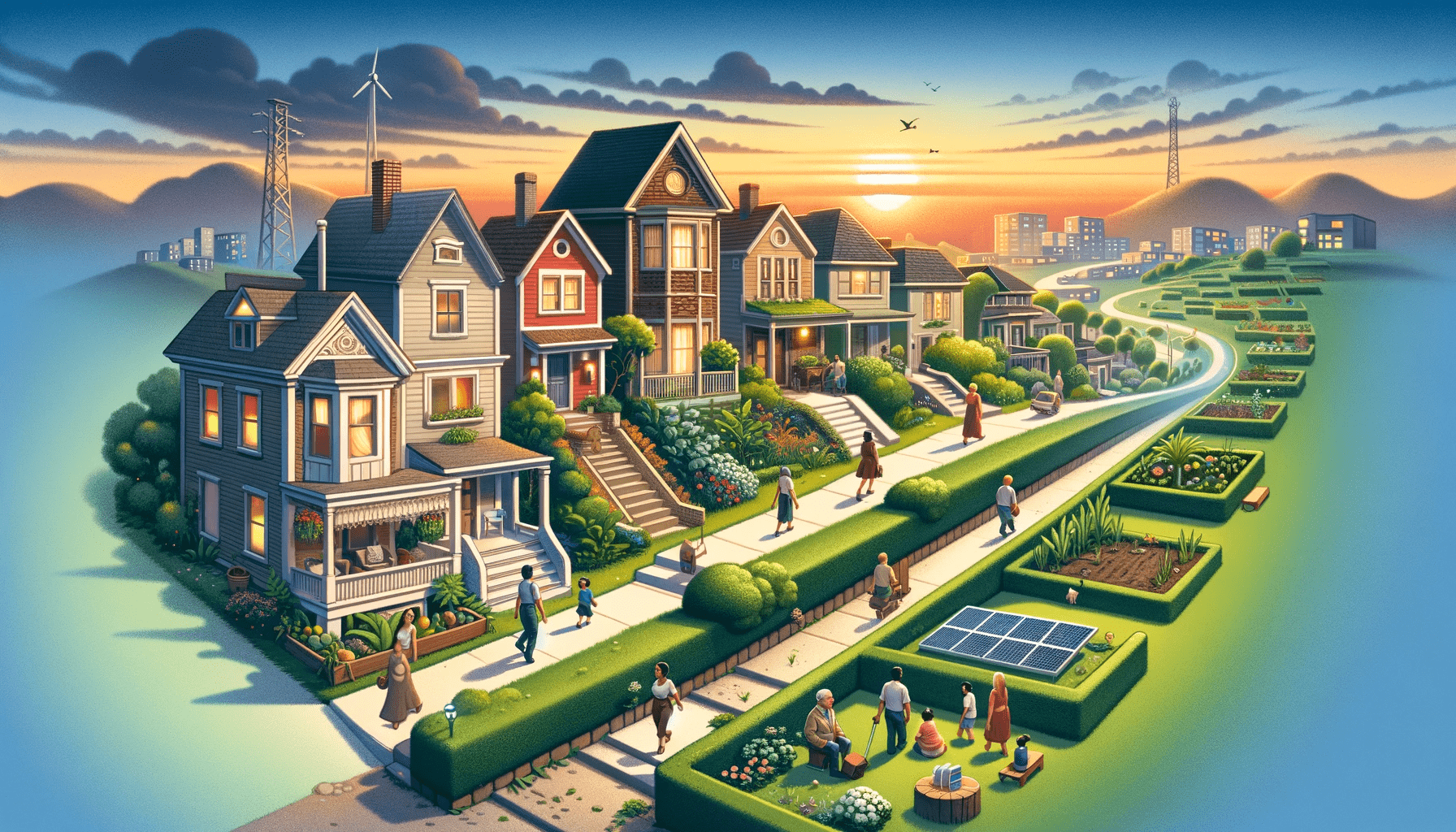
The concept of 'home' has evolved significantly over the centuries, and this evolution is most evident in the changing landscapes of residential neighborhoods. From the traditional single-family homes to the modern high-rise apartments, the way we live and interact with our neighbors has transformed dramatically.
The traditional residential neighborhood was often characterized by similar-looking houses, each with its own yard, and a sense of familiarity among neighbors. These neighborhoods were typically designed with a focus on privacy and individual space, promoting a certain degree of separation and independence among residents.
However, contemporary residential neighborhoods are becoming more diverse and community-oriented. The rise of mixed-use developments, where residential spaces are combined with commercial and recreational areas, has blurred the lines between living, working, and leisure. This integration has created more vibrant and dynamic neighborhoods, where amenities and services are just a walk away.
Furthermore, the increasing emphasis on accessibility and inclusivity in neighborhood designs has led to the creation of spaces that cater to a wide range of age groups and abilities. Features such as pedestrian-friendly streets, ample public transportation, and wheelchair-accessible facilities are becoming standard in many neighborhoods.
The evolution of residential neighborhoods reflects the changing preferences and lifestyles of the population. As we move forward, it is likely that these neighborhoods will continue to adapt and evolve, mirroring the societal shifts and technological advancements of the times.

